The great convergence: Why your data’s past and future are colliding
CIO Business Intelligence
JULY 8, 2025
For decades, a fundamental divide has shaped enterprise data strategy: the absolute separation between operational and analytical systems. On one side stood the digital engine of the company: the online transaction processing (OLTP) systems that manage inventory in real-time.



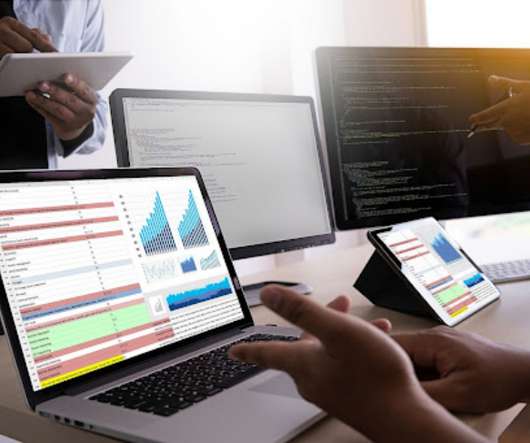


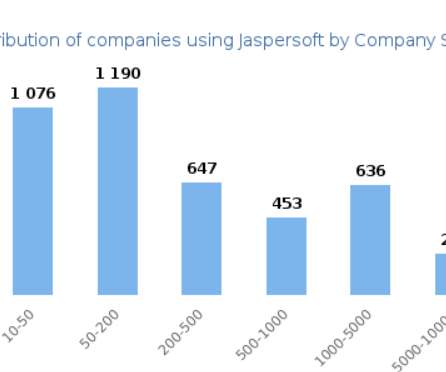

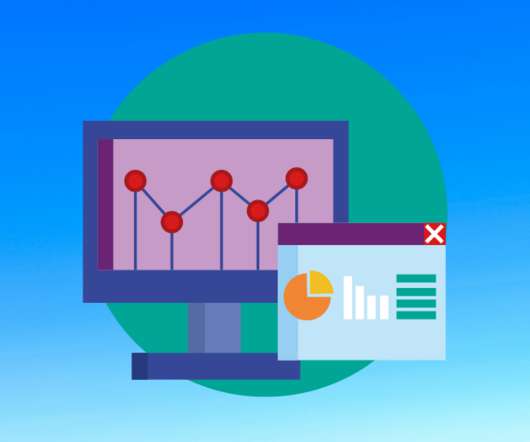
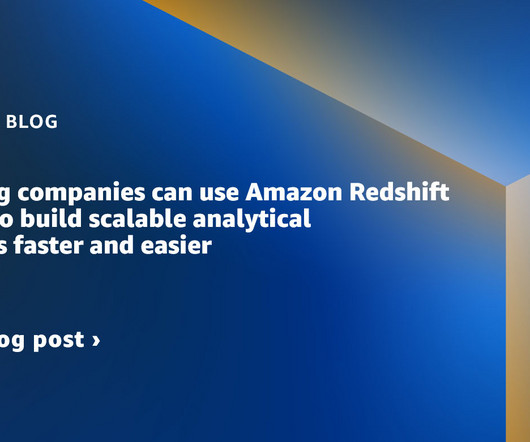
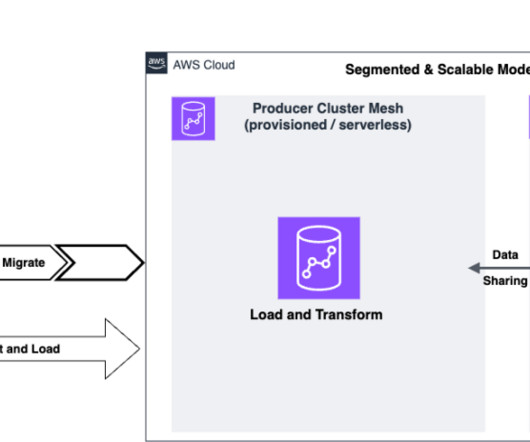

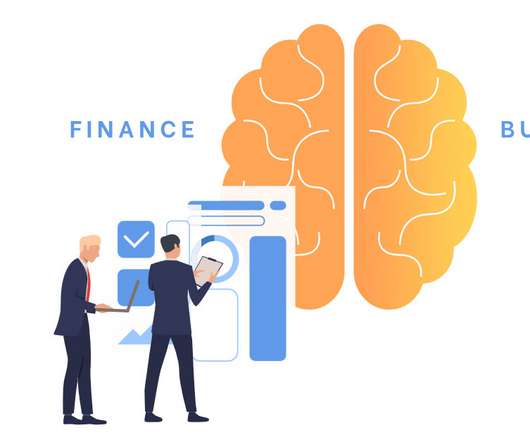

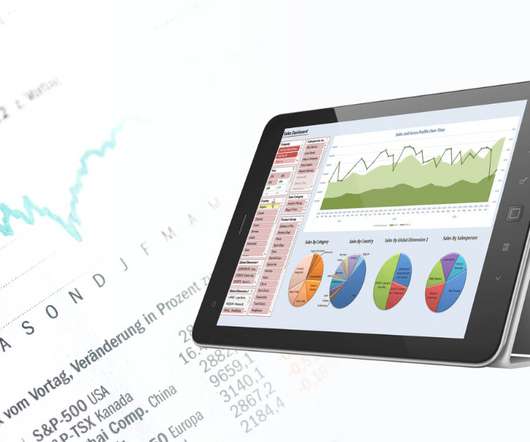
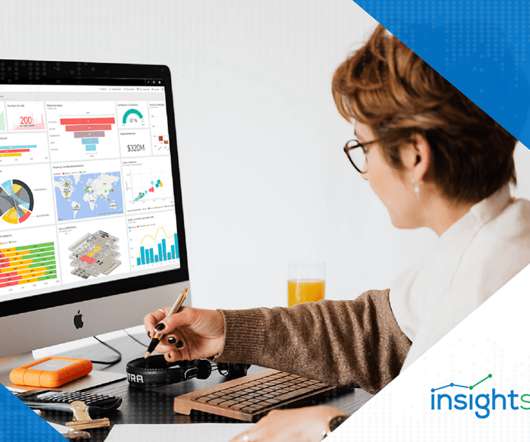


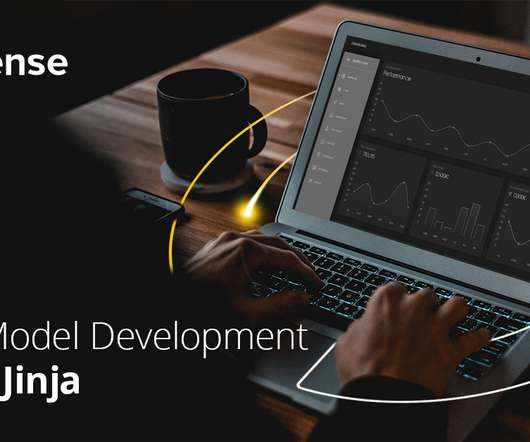










Let's personalize your content